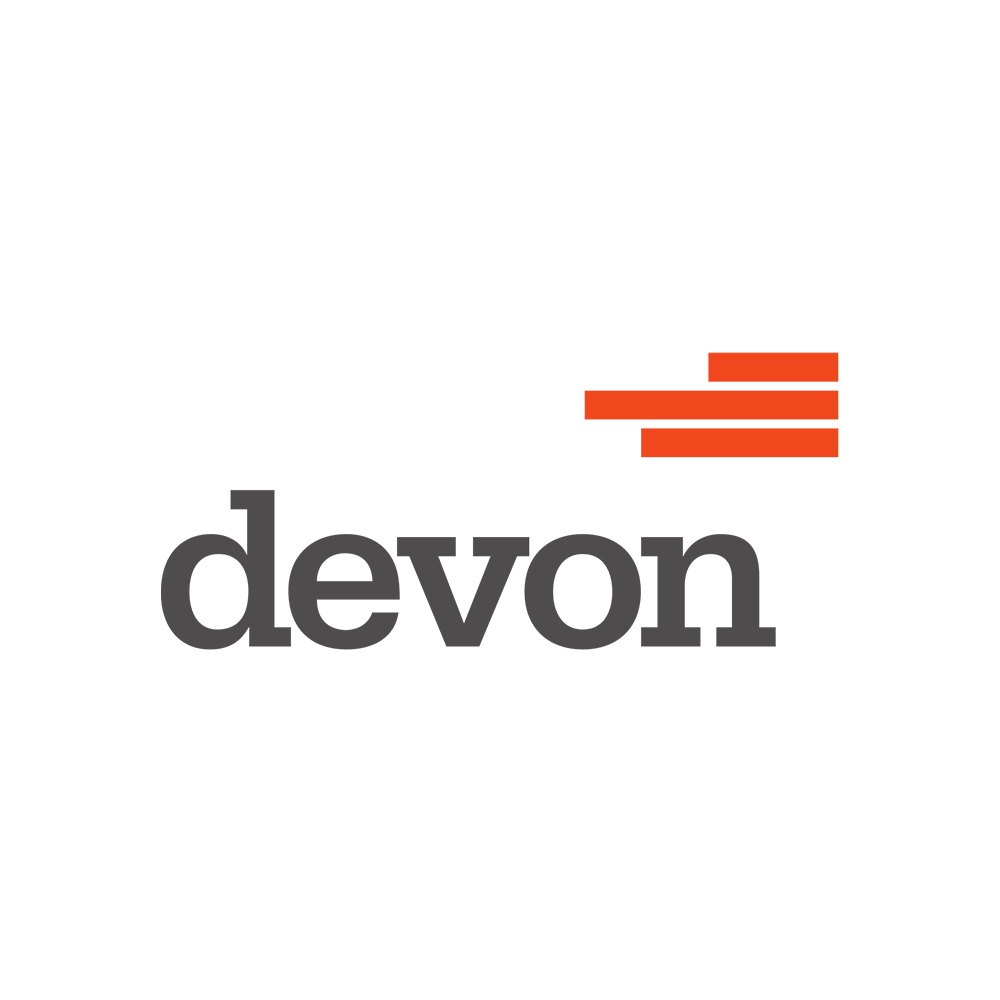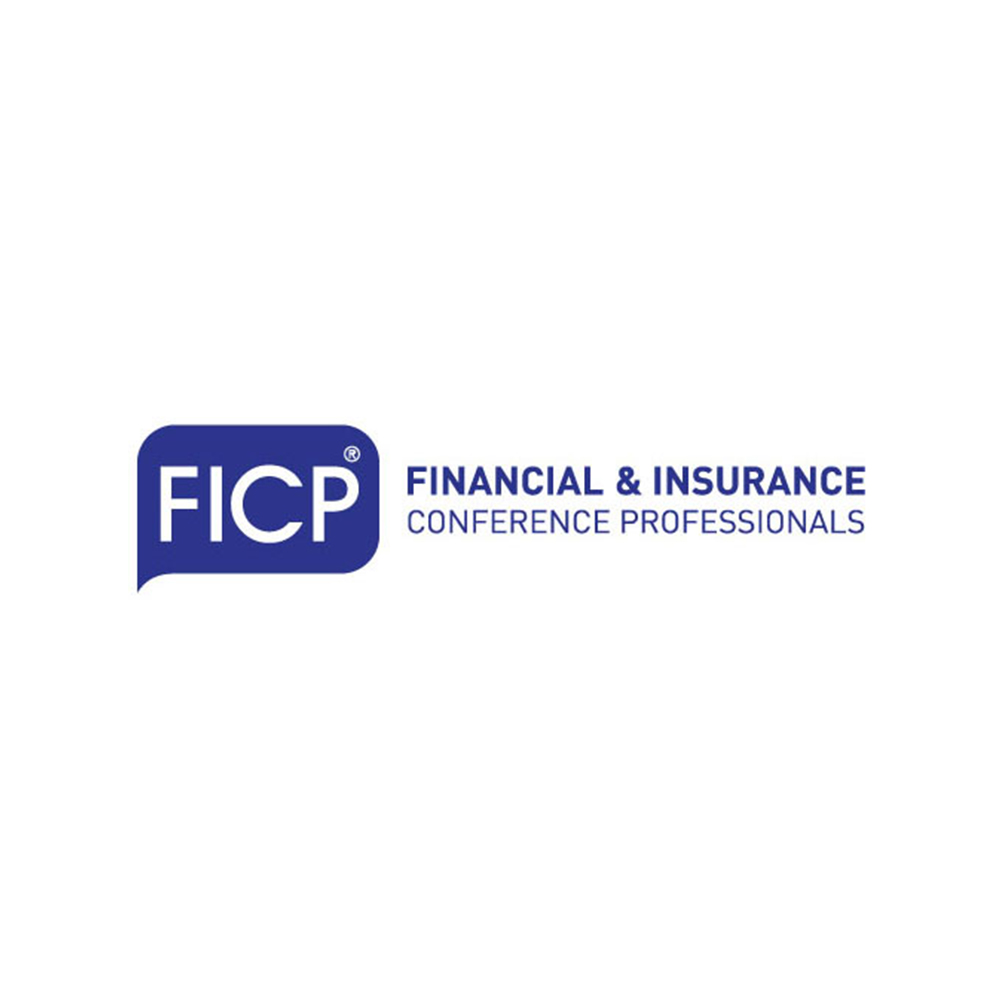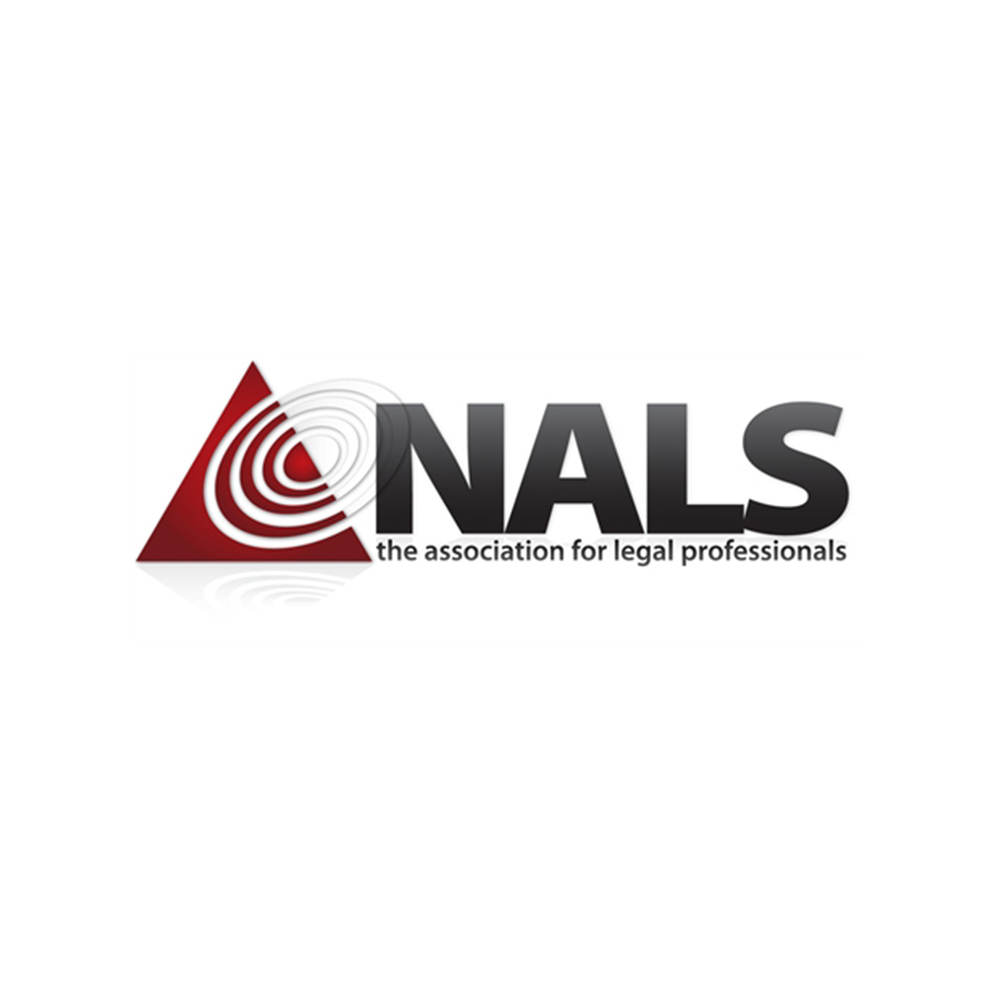Leadership Lessons from Santorini: Balancing Resiliency and Innovation
Discover the powerful synergy between resilience and innovation in business leadership, inspired by a beautiful island’s survival amidst water scarcity. Learn three key steps to strike this balance effectively in the workplace.
***
Imagine building a thriving civilization on a picturesque island with no freshwater source. Santorini, the famous Greek gem, did just that in a great example of resiliency and innovation.
Recently, my wife and I had the fortune to visit the beautiful island of Santorini, . a location I had not visited but could easily picture, with its white painted villages with blue domes. It’s picturesque images show up often, from desktop backgrounds to jigsaw puzzles. But as we explored the area and studied its history, I discovered there was much more beyond its beauty to take in.
As someone who loves to study anthropology and archeology, visiting the Akrotiri archeological site in Santorini was a trip highlight. Akrotiri is a village port that was lived in 4000 years ago. Walking at ground level around an ancient village was incredible, but what amazed me was learning that Santorini doesn’t have a freshwater source. They have collected rainwater and stored it in cisterns since its founding.
I reflected on the effort it takes to create a village, let alone a port, that was very vibrant and considered a gem of the Aegean Sea when the only water came from rain and storage.
I then had to ask, how do they get their fresh water today, when there are more than two million tourists a year visiting the island. And I learned that their freshwater source challenges had not changed. They still store rainwater in systems built on the island to provide fresh water to its visitors and habitants.
What had changed was that they had designed and built a grey water reclamation center to capture and reuse as much grey water as possible across the island, which reduced the amount of storage they needed in the systems for that use.
Applying Ancient Wisdom to Contemporary Business Challenges
This story for Santorini to me is about resiliency and innovation. Over centuries, resilient people developed villages, created a tourist destination for the past several decades, and grew an agricultural industry based around vineyards– all without having any freshwater source. Inhabitants worked with what they had and innovated to create something well beyond an island of volcanic rock and sandstone.
Both “resiliency” and “innovation” have been corporate buzzwords for the past several years. But my visit to Akrotiri created a new connection between them that I had before not considered. It is the chicken and the egg question of “Which comes first?” Does innovation ensure resiliency? Or does that need to survive drive innovation? There are examples supporting both of those questions, but there are also failures. Just think of companies who innovated, yet did not last, and companies who are resilient, but did so based on culture and reputation– not necessarily to innovate new products or services.
For me, it’s more of a symbiotic relationship. Resiliency is about maintaining our performance level and protecting our company/team from threats. Depending on our markets, customers, and employees, we may have to adapt to external forces that we cannot control. Shifts in generational drivers, buying habits, technological changes in the markets, can be some of those external forces. Resiliency requires adaptation, but that can be either reactive, because we must adapt, or proactive, because we choose to adapt.
I find the most successful leadership teams are those who promote disciplined adaptation–where they engage all their team members to help identify when and where adaptation may need to occur proactively, and then step into it in a consistent, aligned way. What doesn’t work is when leadership teams fail to engage their employees or customers to understand and validate where they need to adapt before acting upon it.
Innovation is about the implementation of new ideas or change in how we work. Again, it can be reactive in that we have to change because our market is changing, or it can be proactive because we want to guide the market or see an opportunity that may not be fulfilled by a competitor. Some companies just innovate for the sake of innovation. Innovation focuses on risk and opportunity–it seeks to step into change for growth and future relevancy.
3 Steps to Strike Balance
As a leader, how do you balance that resiliency in your organization–protecting it from current or future threats while maintaining its performance–with innovating your products or services to ensure its long-term future growth and viability? Here are three steps that your team can take today to strike that balance:
- Engage your employees and key stakeholders to ensure your awareness and understanding align throughout the organization. Don’t assume you know what customers are saying, what frontline employees are feeling, and where improvements might be sought. Ask and engage at all levels. Leaders should strive for a culture of open information sharing across departments that enables changing conditions to be understood quickly by the affected team members. Think in terms of how a football team huddle has players with different roles and positions sharing information to adapt to the other team.
- Establish and share what your risk tolerance level is for internal and external change. How much risk are you willing to take to innovate your products and services? How much change are you willing to embrace internally with how you operate? When the economy shifts as it has over the past several years, risk tolerance levels often adjust. Sharing those with your employees increases their awareness and judgment to bring recommendations for where high priority changes should occur, versus those that may be held for future opportunity.
- Be clear with why and where you’re innovating. Often, we start innovating because of ideas that a leader or team may love. But it may not be viable in the market, or where our company is, due to a change in our risk tolerance. When stakeholders understand why we want to innovate, it also increases the diversity of ideas. And, most importantly, leaders must be willing to kill innovation ideas during the process. Too many organizations continue to run new product development and change effort when the team recognizes the benefits will not be fully realized.
Like Santorini, its cisterns and rainwater storage protected its people, making them more resilient. It adapted as its villages increased and its port became more popular to ensure inhabitants and visitors had fresh water to drink. And as it grew in popularity with tourism over the past several decades, it innovated to support those increased populations through its grey water reclamation system and water conservation approaches. It could have sacrificed its vineyard economy or abandoned its smaller villages to consolidate around tourist hubs, but it did not. It sought to maintain that symbiotic relationship between resiliency and innovation.
TRANSFORM DISRUPTION INTO OPPORTUNITY
Do you need help improving team performance and achieving measurable results? Contact me to learn about my keynote speaking, executive coaching, and facilitation services.























